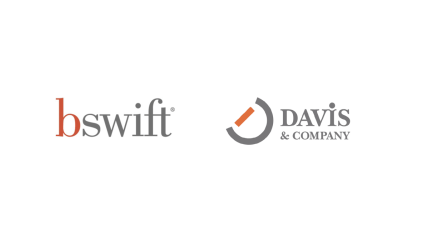
Employees are a busy and distracted bunch. They’re working from home. They’re serving customers. They’re building products. It’s tough to grab their attention—especially if you rely on email as your main communication tool.
While employees have a love/hate relationship with email (they love how easy it is but hate how much they get), it can be an effective tool that breaks through. Make it your mission to improve email with these five tips:
1. Keep it short and focus on one idea
When employees see a dense email—several paragraphs with long sentences—the alarm bells go off: “This will take time to get through.” Your job is to ensure readers don’t give up halfway through the first sentence. The secret sauce is simplicity—short and focused content that helps employees get in and out of your email quickly. Can you share what employees need to know or do in 100 words? How about 50?
2. Make your subject line work
Since most readers don’t get past the title, a strong subject line may be the most important part of your email. It should communicate the benefit to the reader: what she/he will get by taking a moment to read the email. Here’s an example of a subject line makeover:
Bad subject line: Please set up your new benefits account and log in to make your selections by July 29 using our new open enrollment platform
Good subject line: Our new enrollment platform makes selecting benefits easier! Enroll by July 29.
3. Select the right sender
We know from our research that emails from the CEO are more likely to be read than an email from a generic email box. Why? Because employees understand the CEO has a unique perspective and information that will help them see the big picture. But…use this strategy sparingly. Sending every email from the CEO will erode the credibility of her/his messages. Focus on aligning content with the sender whom employees will consider an expert or trusted source on the topic. For example, the head of a function might review how a new business strategy will impact the team.
4. Use visuals
From simple subheads and callouts to complex graphics, visuals grab employees’ attention and help them navigate an email. Remember that dense email that acts as a barrier to readership (under Tip 1)? Chunks of copy paired with visuals are more approachable and inviting.
5. Move away from email
You’re probably thinking, “Wait—isn’t this Smart Tip about improving email?” Sometimes, it’s simply the wrong tool. Email loses its effectiveness when there’s too much and employees don’t have time to sift through it. Change it up! Send a postcard. Try a giveaway in the cafeteria. Provide managers with a few sentences to use in team huddles/meetings.





